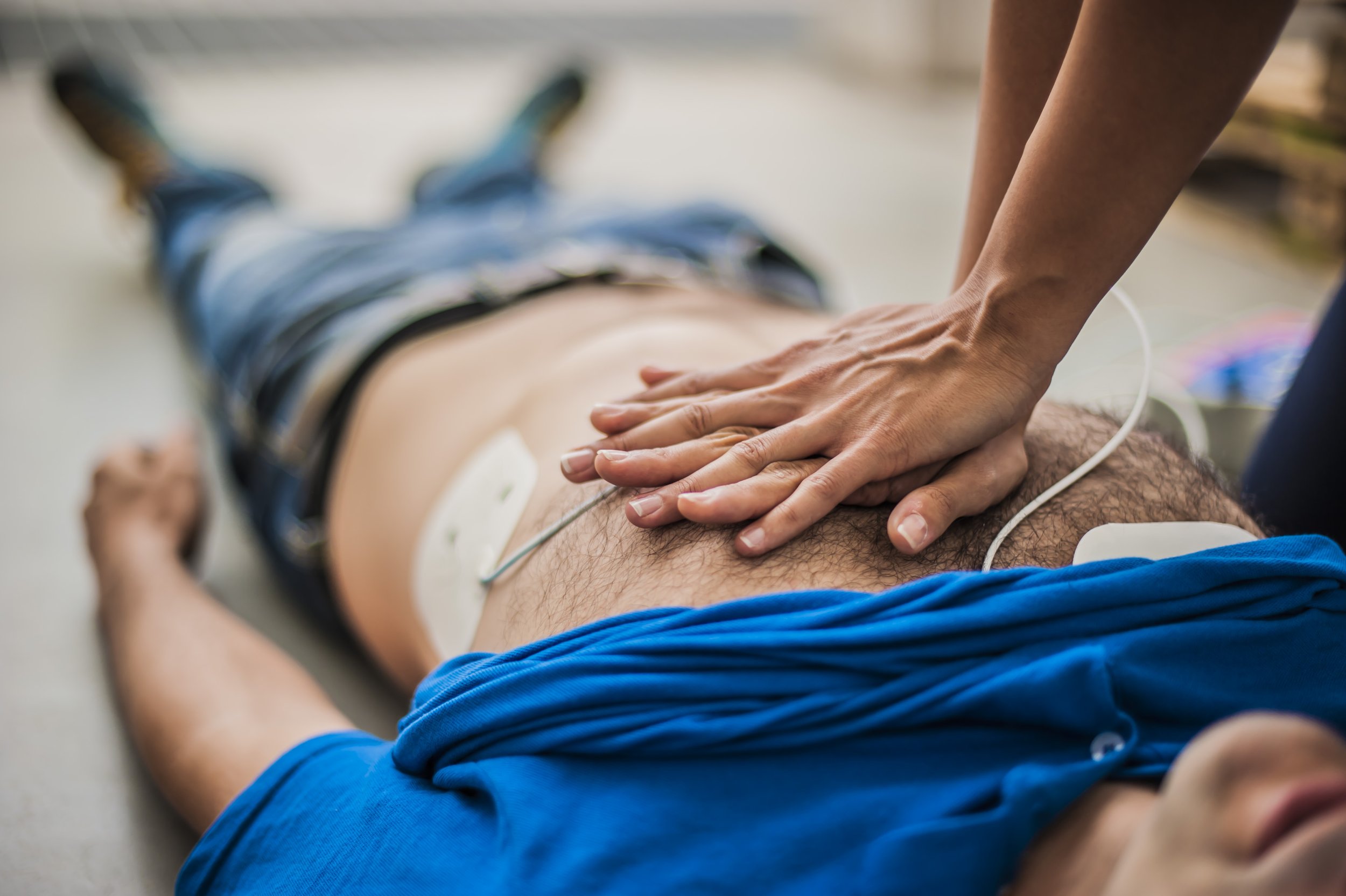
Connecting the Global ECMO Community
We invite you to step into a space where
ECMO Specialists, educators, directors and coordinators offer resources
specifically designed for the Global ECMO Community.
ECMO Resource is first to lead the medical community in offering practical and diverse tools, easily accessible education resources, and connection opportunities to healthcare professionals and families impacted by
Extracorporeal Life Support.
Resources
ECMO Program Development
Learn more here
ECMO Specialist Resources
Patient Stories
ECMO Specialist Week
ECPR
Extracorporeal Cardiopulmonary Resuscitation
Learn more here
ECMO Workshops
Visit here
Lifesaving ECMO therapy first began in 1972…
when Drs. Bartlett and Gazzaniga first successfully used cardiac ECMO for 36 hours in an infant with cardiac failure after a procedure for correction of transposition of the great vessels. This was followed by the first successful ECLS extended outside of the operating room when Dr. J.D. Hill reported use in the ICU. A 24 year old male with a ruptured aorta and post traumatic acute respiratory distress syndrome following a motorcycle accident was supported by a membrane lung developed by M. Bramson. This patient received 75 hours of VA ECMO support with subsequent decannulation and survival.
What is…
ECMO
ECMO stands for Extra Corporeal Membrane Oxygenation. You may also hear it called ECLS, which stands for Extra Corporeal Life Support. ECMO pertains particularly to oxygenation of the blood, whereas ECLS references the global therapy of circulation of the heart and lung oxygenation support.
It is a treatment that uses a man-made lung and heart to support the body when a person's own organs are too sick to do the job. ECMO may support the body for a long period of time (days to weeks) to allow the lungs and heart time to rest. Although ECMO itself will not cure, it gives time needed to heal. ECMO may be an option only after the care team has tried all other treatments such as various devices, a ventilator, medicine to support the heart and lungs, and special gases to relax the blood vessels between the heart and lungs.
ECLS
ECLS stands for Extra Corporeal Life Support. It is also, at times, used interchangeably with the term ECMO (Extra Corporeal Membrane Oxygenation). ECLS pertains to the therapy of assisting with and supporting the body’s oxygenation through the membrane lung, as well as circulatory flow with a pump. The simplified definition is cardio-pulmonary bypass at the bedside.
When a person’s lungs and/or heart have failed, this is the last therapy option to adequately support life in order to extend time. ECLS is a very specialized therapy that is managed by a team of people, including physicians, nurses, specialists, perfusionists, respiratory therapists, pharmacists, physical therapists and many others.
ECPR
ECPR stands for Extracorporeal Cardio Pulmonary Resuscitation. It is defined as the rapidly deployed method of cardiopulmonary resuscitation before the return of ROSC, or shortly after ROSC in a patient who requires cardiopulmonary support to bridge to recovery, surgery or a decision. The therapy (termed ECLS or ECMO) passes a patient’s blood through a machine outside the body to oxygenate the blood supply and also supports the patient’s heart function with an external pump. ECPR is also usually followed by targeted temperature management in an effort to resuscitate and preserve life for out of hospital cardiac arrest.
Read more about ECPR here.
















